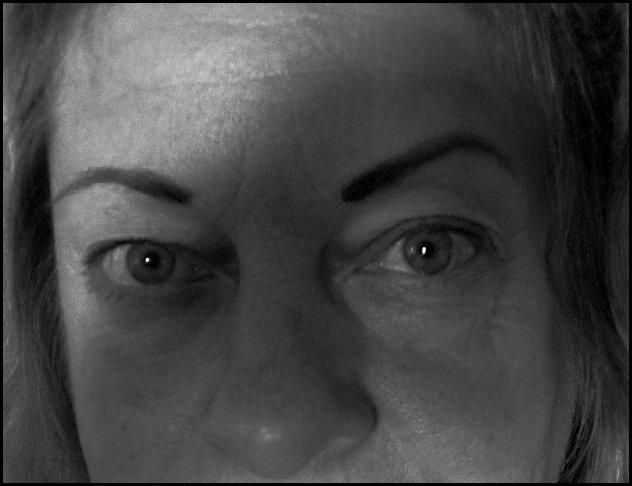 This photo is of a bird covered island, taken from on the ferry somewhere between Victoria and Vancouver, B.C. - no whales in it, sorry to say.
This photo is of a bird covered island, taken from on the ferry somewhere between Victoria and Vancouver, B.C. - no whales in it, sorry to say.
From the Times Colonist - Feb. 10, 2008
Killer Whales loaded with fire retardant.
Judith Lavoie the Times Colonist
Feb 10, 2008
PBDEs can disrupt reproductive and immune systems, researcher says.
They wow tourists and remind people of the mysteries and majesty of the ocean, but killer whales swimming around the waters of Vancouver Island are the most contaminated animals on Earth.
Information which is slowly and painstakingly being gathered about the whales that live along the coast of North America, reveals alarming trends and offers a graphic illustration of looming environmental problems.
Blubber studies on the two salmon-eating populations of killer whales – the endangered southern residents with 88 members and the threatened northern residents with 230 members – have found a significant buildup of toxins in their systems.
Furthermore, the studies also discovered the chemicals remain in their systems long after the chemicals themselves, such as PCBs, have been removed from the environment.
A growing concern is the rapid buildup of PBDEs, the chemicals found in fire retardants, says Peter Ross, toxicology research scientist at the Institute of Ocean Sciences in Sidney.
“This is a major concern, a major emerging issue,” he said.
PBDEs (polybrominated diphenyl ethers) can disrupt the endocrine system, affecting both the reproductive and immune systems.
Ross, who published a scientific paper entitled “Fire-proof killer whales” believes there is overwhelming evidence to justify the ban of those chemicals in Canada.
Two varieties of the chemical have been withdrawn from North American and European markets, but a third variety, deca-PBDE is still in use.
If nothing is done to curb it, PBDEs are poised to surpass PCBs as the predominant chemical in killer whales by 2025, according to research.. And the legacy of PCBs is still haunting the oceans. PCBs were banned in 1977, but Ross and his fellow scientists predict they will not be expunged from the bodies of the southern resident whales until 2089.
Whale contamination illustrates how ignorant people are about effect of the thousands of chemicals being dumped in the ocean, Ross said. “It’s not very reassuring for humans to find high levels of endocrine-disrupting chemicals in animals at the top of the food chain. We would be unwise to ignore what we are seeing,” he said.
Killer whales illustrate the shortcomings of traditional science and research, which is geared to small animals, living short lives within a limited area, Ross said.
Whale researcher Paul Spong, of OrcaLab on Hanson Island, has his toxic nightmares about oil. Last year a barge spilled its load, including a fuel truck, into Robson Bight, smack in the middle of prime whale territory, but that is nothing compared to what could happen if the provincial and federal governments allow offshore oil and gas exploration, Spong said. “It potentially poses huge problems for cetaceans and other marine life,” he said.
Yesterday I got quite a few chores finished.... read all about the whales in the paper, did the ironing, made a start at getting things out to the camper van, watered the house plants, visited Andy and Tara to find out their holiday times, etc... little odds and ends of things but everything consumes bits and pieces of time, to use up my day. Then discussions of numerous things on skype.
 This is a photo from January 27, 2008. I was shooting out my living room window at this rose, full 12X zoom with my Canon Powershot S3 IS.
This is a photo from January 27, 2008. I was shooting out my living room window at this rose, full 12X zoom with my Canon Powershot S3 IS.
















